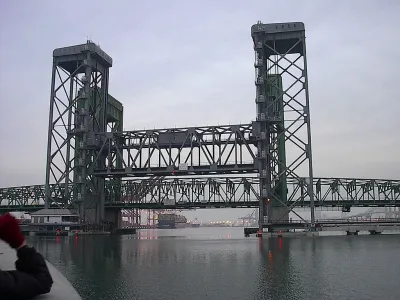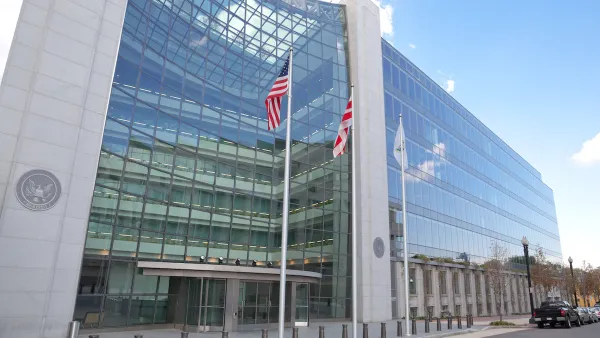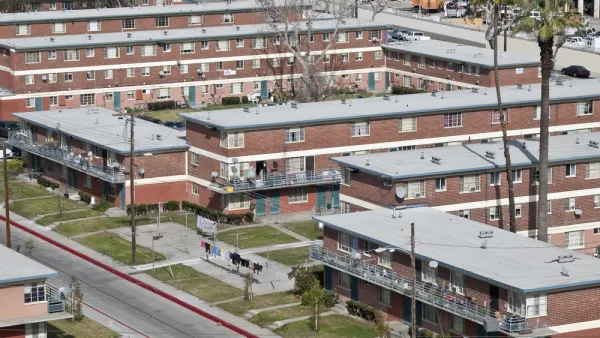Brookings provides a manifesto, of sorts, to suggest an entirely new path forward on infrastructure policy.

Adie Tomer, Joseph W. Kane, and Lara Fishbane write on the continued sluggishness of change on infrastructure policy at the federal level, three years after a presidential election in which both parties made the issue a central point in campaign platforms.
Now, just one year away from another presidential election, the federal government is no closer to wholesale infrastructure reform than it was in 2016. What went so wrong?
The trio of writers suggests that politics was not the problem. The reason was a failure to commit to a process of legal reform.
To enact genuine reform—legislation that completely reshapes the government’s approach to infrastructure programming, funding, and regulation—federal leaders must be willing to revisit the fundamental goals the country’s infrastructure systems intend to achieve and honestly assess whether current policies share those objectives.
The current system is built on obsolete foundations—connecting across straight lines, telephone cable service, and sewage dumping—according to the article. The challenges of today and the future include "the most extreme income and wealth inequality since the Gilded Age, economic divergence caused by digitalization and global trade, the existential pressures of climate change," and will require different policies.
Here is how the article summarizes the key recommendation about how Washington can accomplish progress on infrastructure policy:
To maximize value from existing infrastructure systems and strategically prioritize future improvements, the federal government must adopt a new set of economic, social, and environmental goals. Our federal leaders and their state, local, and civic collaborators must be willing to rebuild our policies from the ground up, designing new approaches where it makes sense and keeping those legacy programs that still respond to today’s challenges.

Analysis: Cybertruck Fatality Rate Far Exceeds That of Ford Pinto
The Tesla Cybertruck was recalled seven times last year.

National Parks Layoffs Will Cause Communities to Lose Billions
Thousands of essential park workers were laid off this week, just before the busy spring break season.

Retro-silient?: America’s First “Eco-burb,” The Woodlands Turns 50
A master-planned community north of Houston offers lessons on green infrastructure and resilient design, but falls short of its founder’s lofty affordability and walkability goals.

Test News Post 1
This is a summary

Analysis: Cybertruck Fatality Rate Far Exceeds That of Ford Pinto
The Tesla Cybertruck was recalled seven times last year.

Test News Headline 46
Test for the image on the front page.
Urban Design for Planners 1: Software Tools
This six-course series explores essential urban design concepts using open source software and equips planners with the tools they need to participate fully in the urban design process.
Planning for Universal Design
Learn the tools for implementing Universal Design in planning regulations.
EMC Planning Group, Inc.
Planetizen
Planetizen
Mpact (formerly Rail~Volution)
Great Falls Development Authority, Inc.
HUDs Office of Policy Development and Research
NYU Wagner Graduate School of Public Service




























